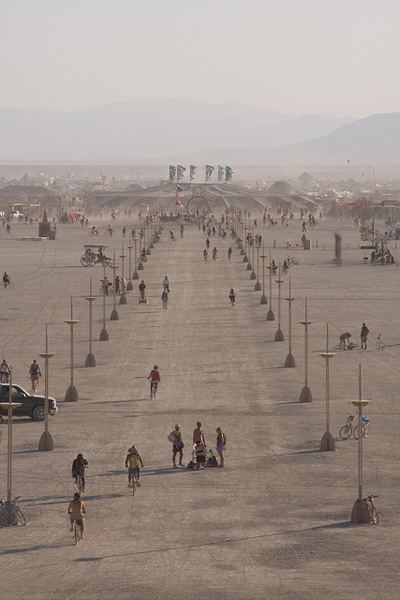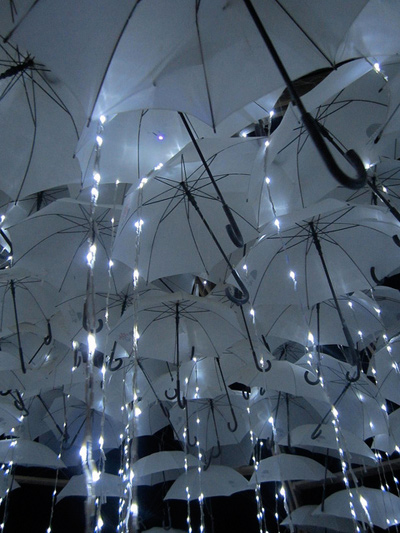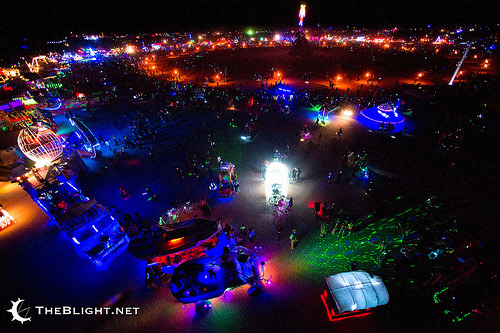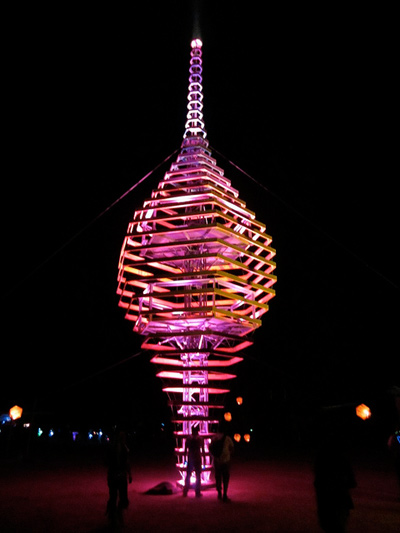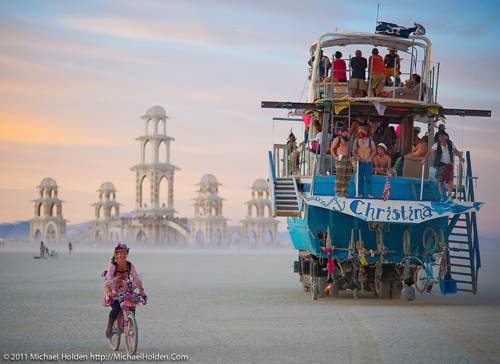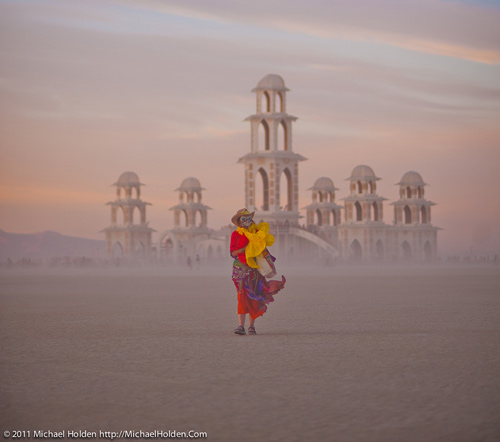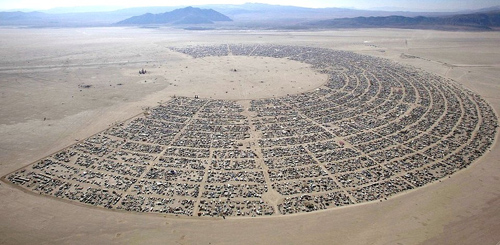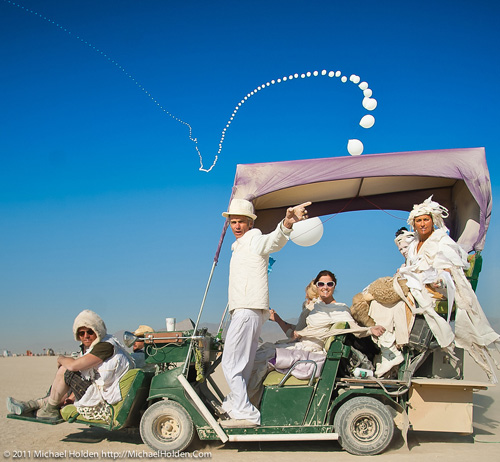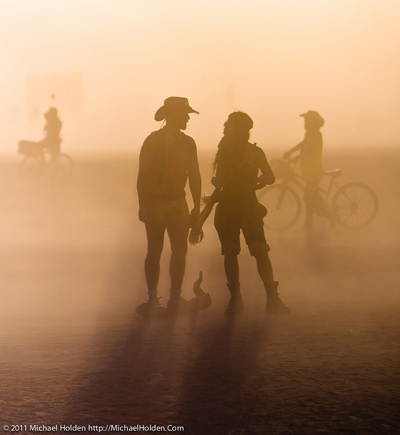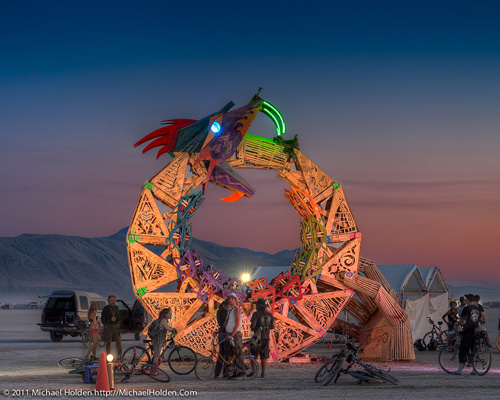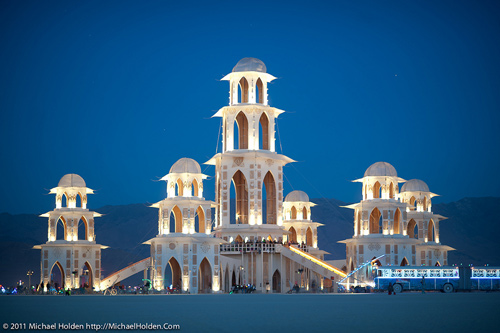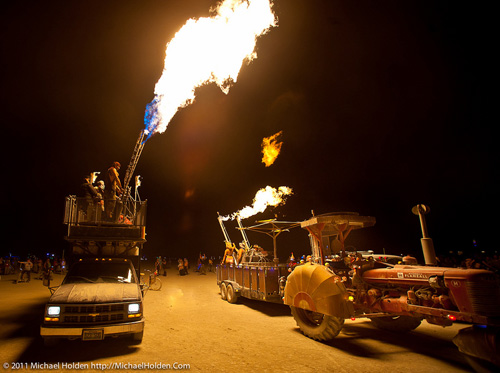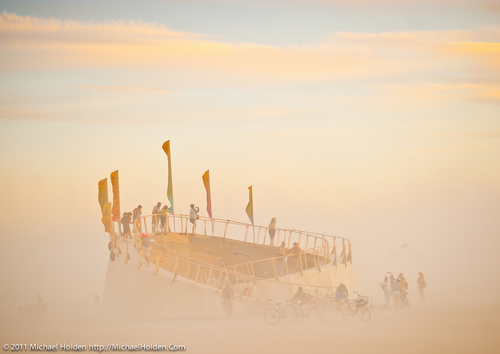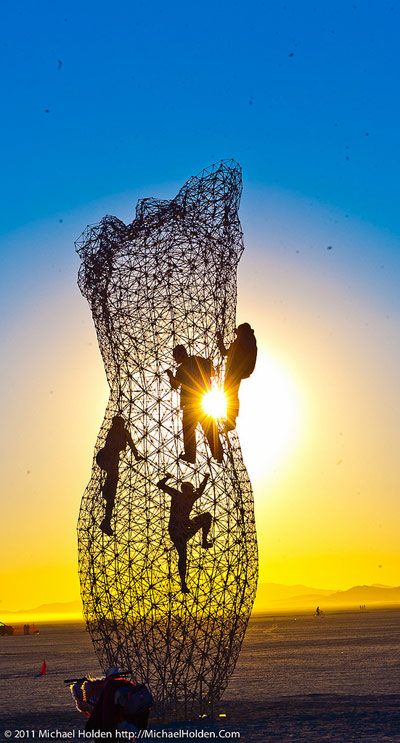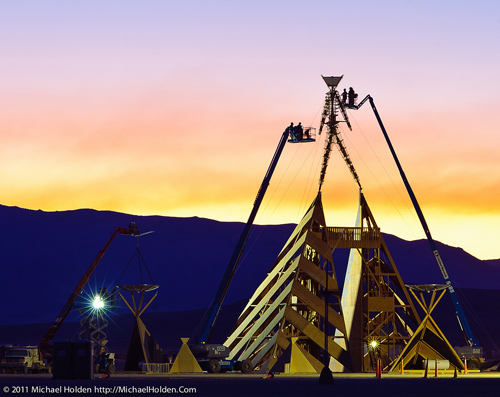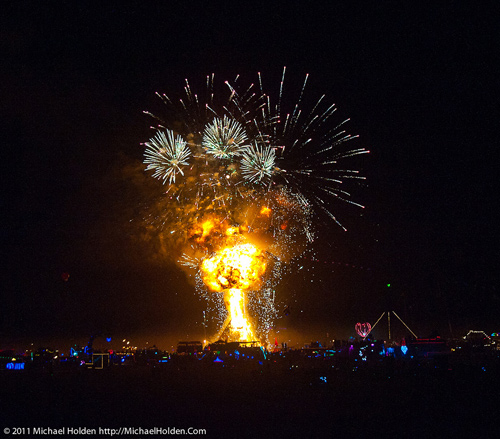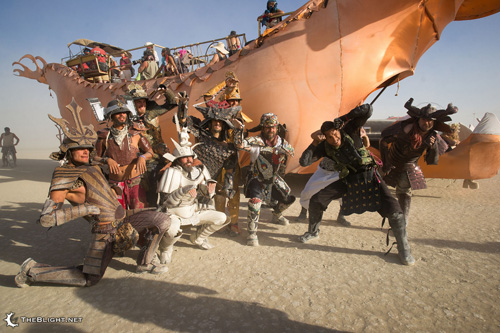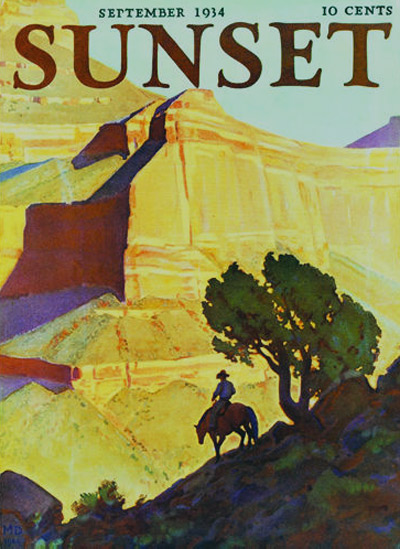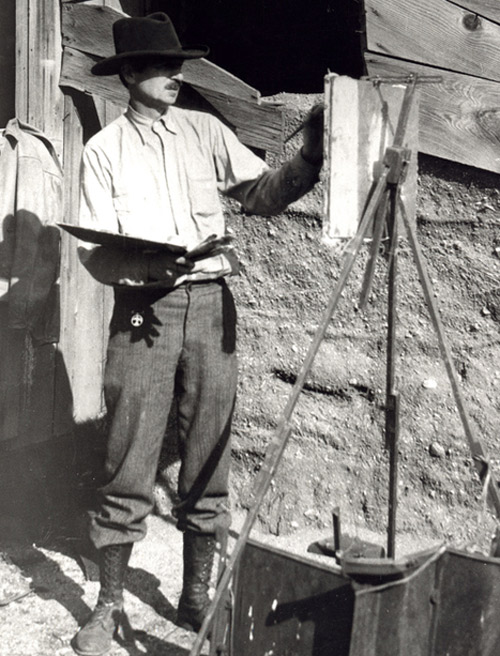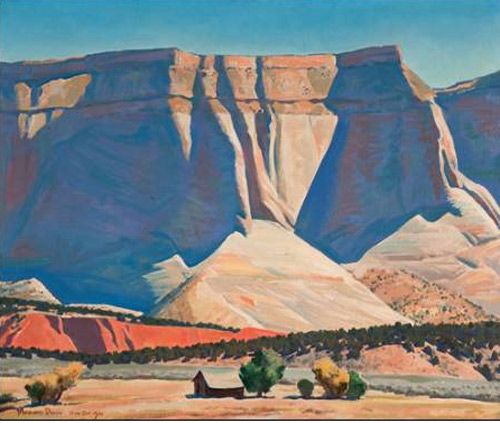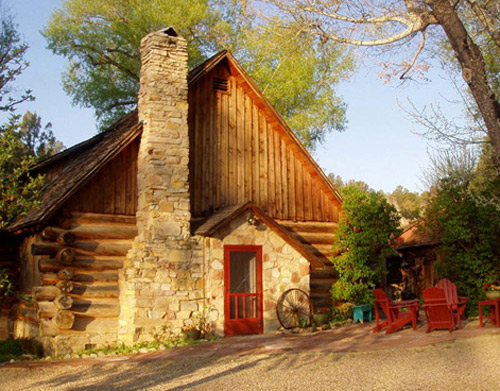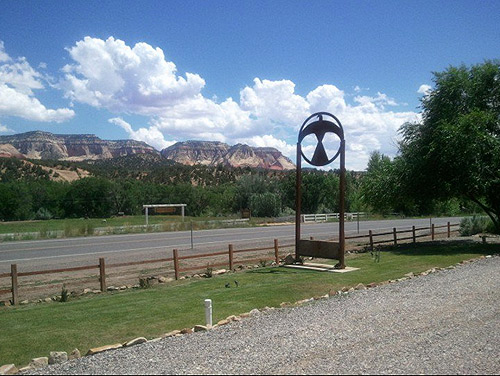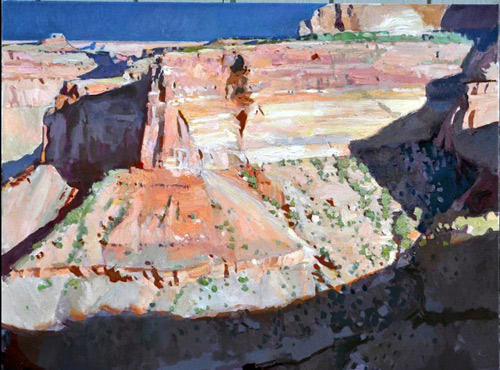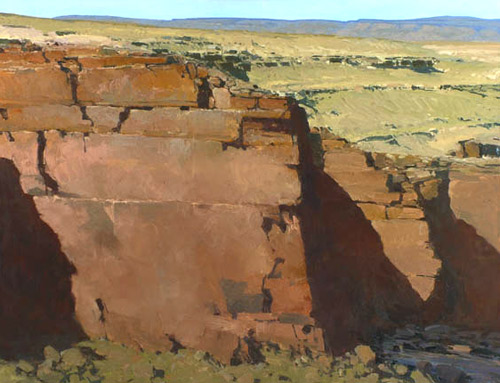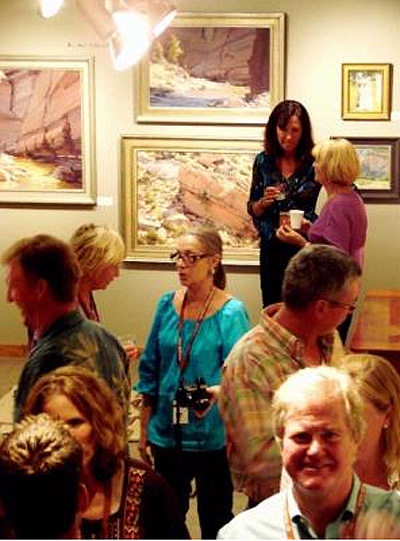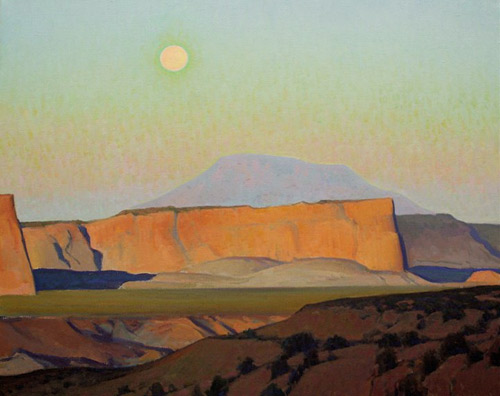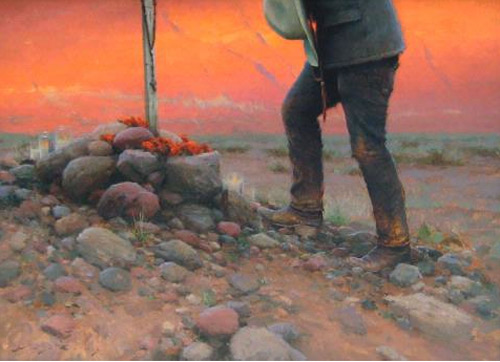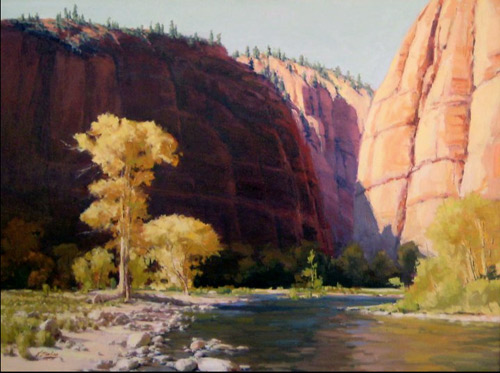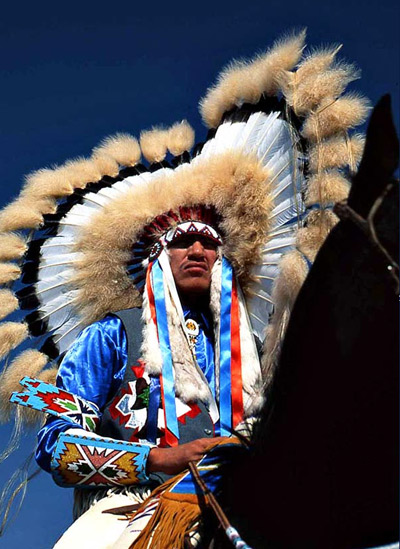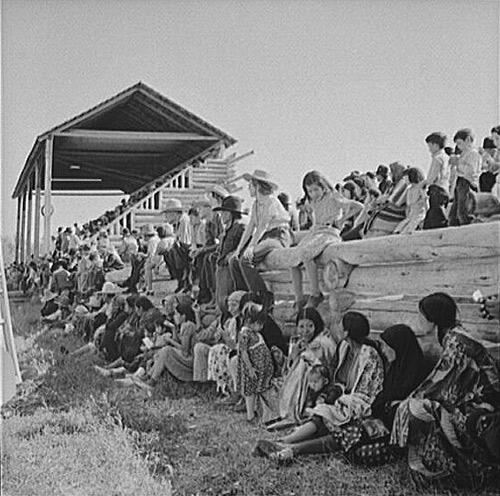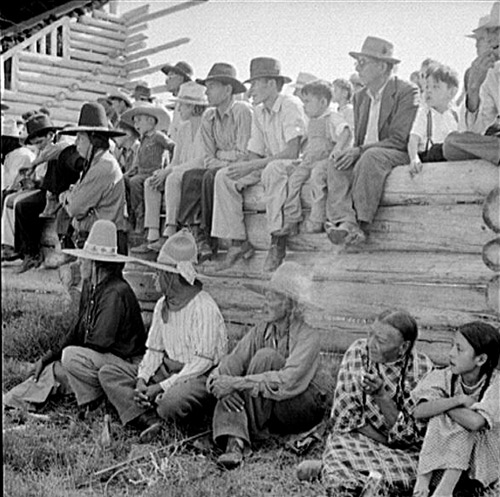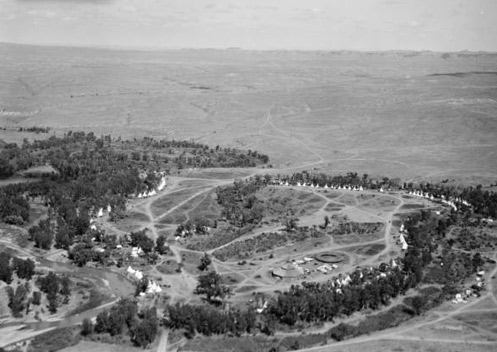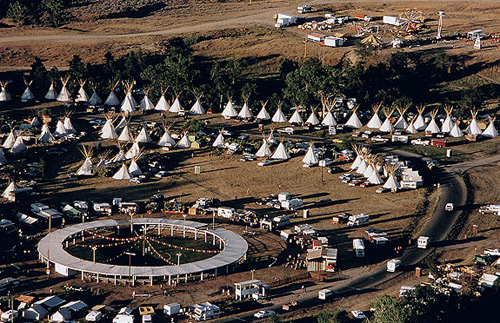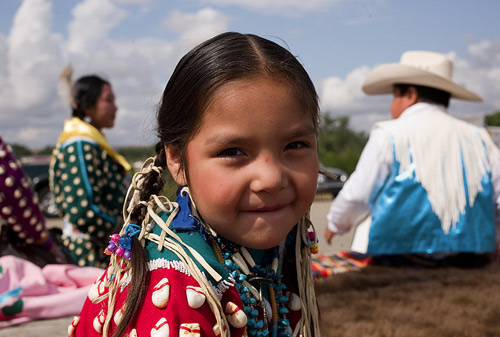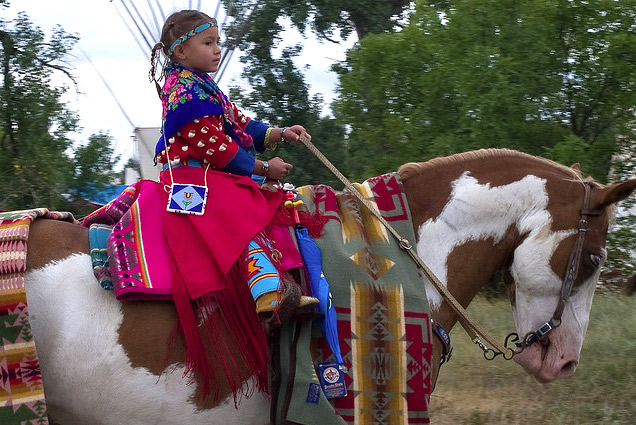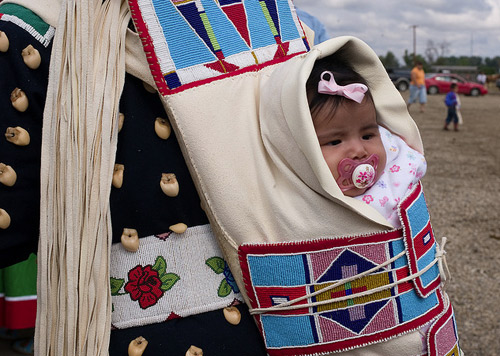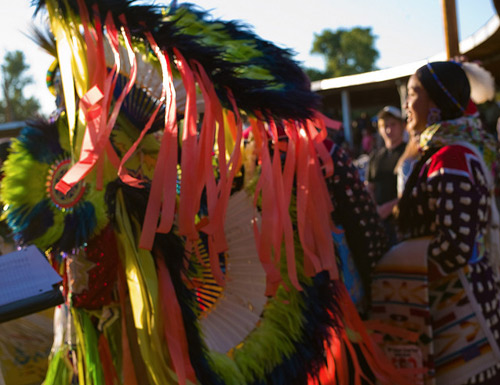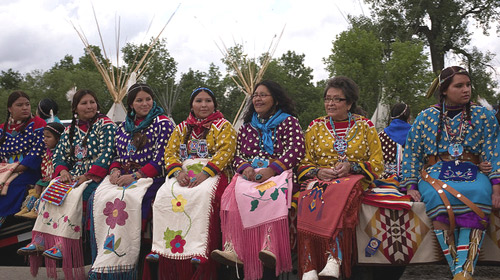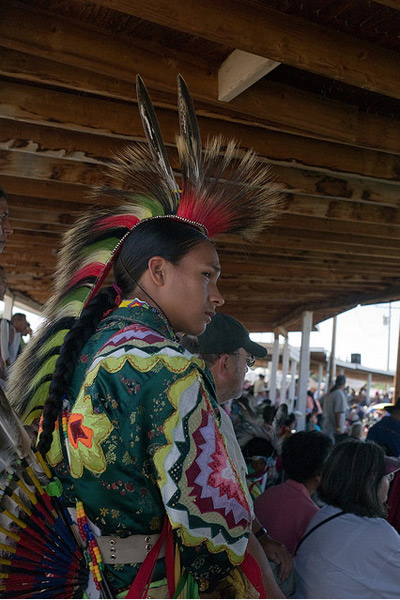Roses For Roy Rogers
 Monday, January 2, 2012 at 8:02PM Tweet
Monday, January 2, 2012 at 8:02PM Tweet By Bennett Owen
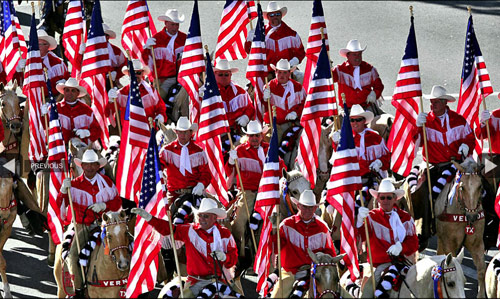 100 Palomino horses in honor of Roy Roger’s birth. Credit: LATimes.comNow that’s a passel of Palominos in Pasadena. 100 to be exact, symbolizing the centennial of Roy Rogers’ birth.
100 Palomino horses in honor of Roy Roger’s birth. Credit: LATimes.comNow that’s a passel of Palominos in Pasadena. 100 to be exact, symbolizing the centennial of Roy Rogers’ birth.
Horses and riders escorted a float honoring the “King of the Cowboys"…decorated with more than 11-thousand roses, five-thousand gerberas and 500 carnations…with Roy’s son and grandsons on board singing Happy Trails. In all, a fitting tribute to the memory of a man who embodied the cowboy spirit to a generation of youngsters the world over.
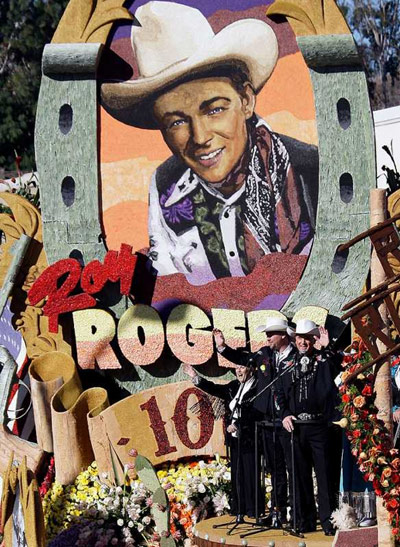 Roy Rogers Jr., right, and his son Dustin Roger wave as they sing. Credit: NewsObserver.com
Roy Rogers Jr., right, and his son Dustin Roger wave as they sing. Credit: NewsObserver.com
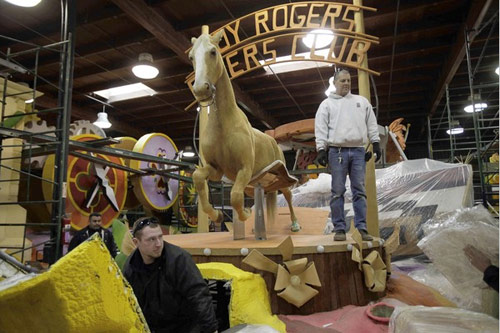 RFD TV sponsored the float as part of its centennial tribute to an enduring legend. Credit: Michael Robinson Chavez, Los Angeles TimesAside from being a founding member of the Sons of the Pioneers, Rogers went on to star in 88 western movies, some with tongue firmly planted in cheek…
RFD TV sponsored the float as part of its centennial tribute to an enduring legend. Credit: Michael Robinson Chavez, Los Angeles TimesAside from being a founding member of the Sons of the Pioneers, Rogers went on to star in 88 western movies, some with tongue firmly planted in cheek…
The Roy Rogers television show was also a hit and The Roy Rogers Riders Club had more than two million members in its heyday in the 1950s.
Of course this isn’t the first time the ‘Singing Cowboy’ rode the streets of Pasadena. He made seven appearances in all and, along with wife Dale Evans, was Grand Marshalls in 1977. Hmmm, Marshall…that’s fitting somehow. In 1954, Rogers rode a floral replica of his famed horse, Trigger.
A year later he helmed a float highlighting the Soap Box Derby…it just doesn’t get any more American than that.
As for the 2012 edition, his son, Roy Jr. commented, “Dad never made it to 100, but he’s looking down on this float with a smile.”
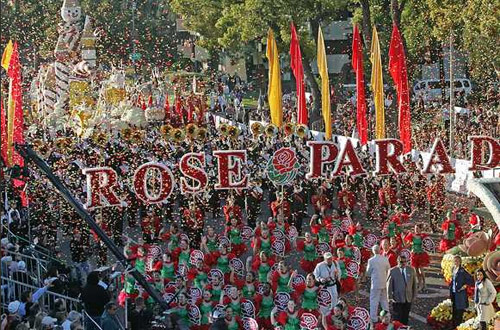 Credit: NewsObserver.com
Credit: NewsObserver.com

